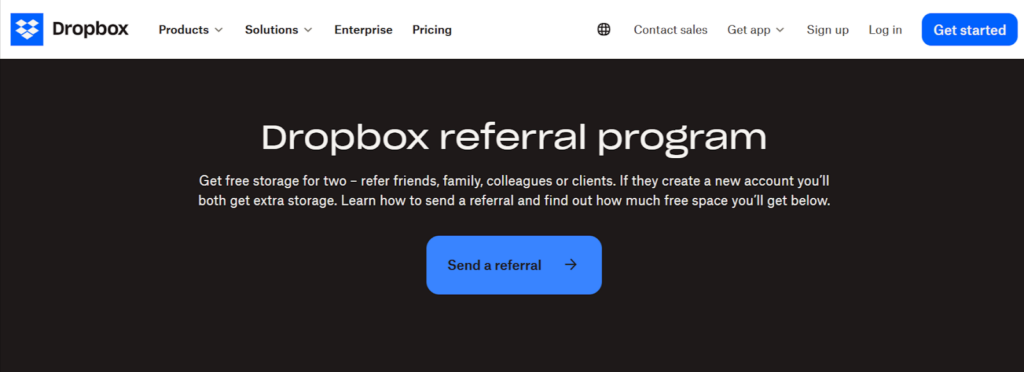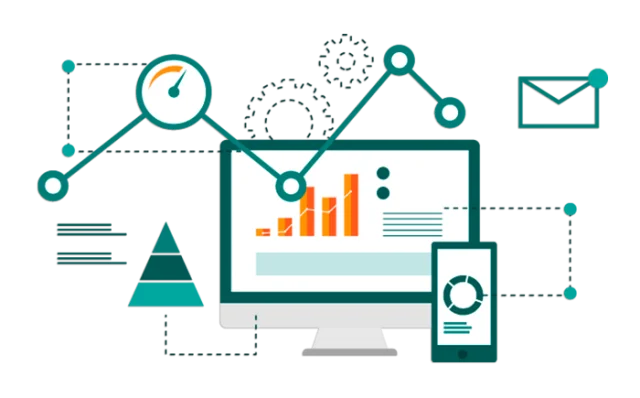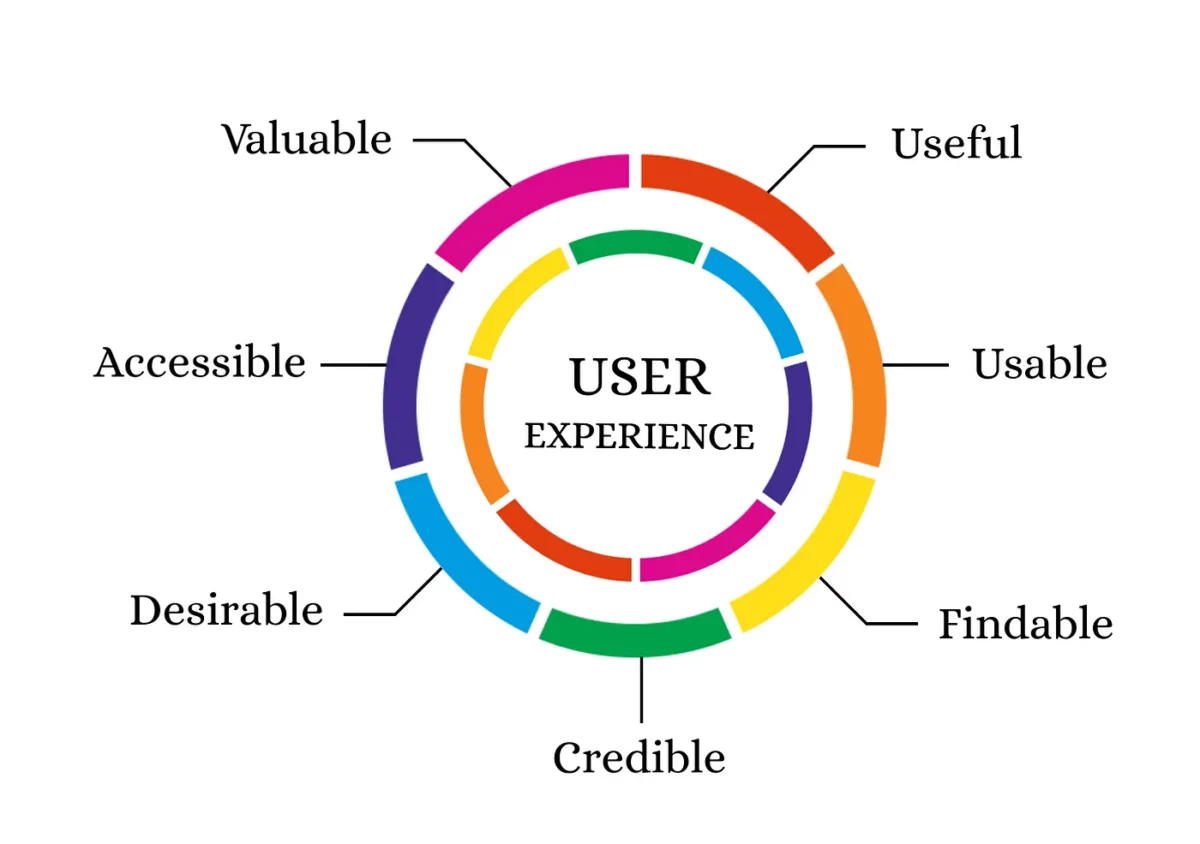Most customers don’t care how sleek your brand deck looks or how many hours your dev team burned shipping “version 3.0.” They care about one thing: whether the experience feels worth their time.
If it’s clunky, they’re gone. If it’s effortless and rewarding, they stick. Simple as that.
That’s why the future of user experience runs on two engines: incentives and automation. Incentives light the fire by giving users a reason to engage and spread the word. Automation keeps that fire burning by removing friction, scaling improvements, and making every touchpoint feel seamless. Together, they don’t just shape journeys; they weaponize them.
This article dives into how smart businesses are combining growth psychology with automation muscle to build journeys that feel like magic on the surface and run like clockwork underneath.
If your UX isn’t pulling its weight yet, buckle up. By the end, you’ll see exactly how to align motivation with momentum to create experiences that convert, retain, and delight on autopilot.
Incentives: Turning Users into Ambassadors
People are predictable. Give them a reason to act, and they usually will. That is why incentives, whether discounts, points, or bragging rights, sit at the core of modern growth. The trick is not the carrot itself; it is matching the carrot to the crowd.
Done well, incentives create a growth engine powered by trust. 92% of people trust recommendations from friends and family over any form of advertising. Customers who come through referrals not only buy, they buy better: they stick longer and spend more. Research shows referred customers generate 30–57% more referrals themselves and enjoy a 25% higher lifetime value than non-referred peers. That one incentive doesn’t just get you a customer; it sparks a multiplier effect.
The best examples feel obvious in hindsight. Dropbox’s legendary program gave away free storage to both sharer and friend — the exact thing cloud users valued most. Result? A jaw-dropping 3900% growth in 15 months.

Tesla rewarded loyalists with free Supercharging miles, fueling not just car sales but cult-level fandom. HelloFresh tapped into foodies’ love of sharing by offering discounts to both giver and receiver, turning dinner tables into marketing channels.

The rule is simple: align the incentive with the job the product already does. More storage for heavy file users, more miles for frequent drivers, more meals for hungry households. When the reward deepens the experience, users do your marketing for you, and they do it with conviction.
Automation: Removing Friction
Great experiences do not happen by accident. They happen because teams ship fast, ship safely, and keep shipping. Automation is how you make that pace possible.
Start with speed. Continuous integration and continuous delivery turn code into customer value quickly. Every merge is tested, built, and prepared for release. Small batches move through the pipeline in minutes, not weeks. Fewer queues. Fewer surprises. More momentum.
Now, safety. Automated tests, canary releases, and feature flags reduce risk without slowing you down. You can launch to one percent of traffic, watch the metrics, then scale up with confidence. If something misbehaves, flip the flag, roll back, and fix forward. Users feel stability even while you iterate.
Then reliability. Infrastructure as code and repeatable pipelines remove guesswork. The same build, the same steps, the same outcomes across environments. No “works on my machine.” No late-night scramble to reproduce a one-off deployment.
Finally, focus. When releases run themselves, developers spend more time on the product and less time on the process. Tickets shrink. Handoffs disappear. Teams can chase the ideas that move metrics, not babysit manual steps that add no value.
Automation is not a nice-to-have. It is the operating system for modern UX. Faster releases mean faster learning. Safer releases mean fewer outages. Consistent releases mean trust. Put it together and you get a product that feels alive, improves constantly, and gives users fewer reasons to leave.
Motivation Meets Momentum
Incentives bring users through the door. Automation makes sure they don’t trip on the way in. But the real magic happens when these two forces are designed to work together. Growth loops tighten, journeys smooth out, and experiences start to feel less like funnels and more like guided tours.
To get there, you need more than theory. You need a playbook. Below are four principles that show how to align motivation with momentum so every customer journey feels rewarding, seamless, and impossible to abandon.
Design with Intent
Incentives without structure are just noise. The reward has to land at the exact moment it reinforces progress. Otherwise, it feels random or manipulative.
Tie perks directly to milestones. A credit unlocks when a new user completes setup. A discount appears once a subscriber reaches three months. An upgrade prompt fires right after someone maxes out their free tier, or a free print invitations bundle activates when a user designs their first event card. These nudges work because they amplify momentum rather than distract from it.
The strongest journeys choreograph rewards as part of the product experience, not an afterthought. Think of language apps that drop a streak bonus when you hit a learning milestone, or fitness platforms that surface achievement badges the moment you cross a goal. The timing makes the user feel recognized and motivated, not bribed.
The result is a loop where incentives reward progress, progress fuels satisfaction, and satisfaction drives more engagement.
Close the Loop with Feedback
Incentives and automation are powerful, but without feedback, they run blind. Every redemption, click, and share is a signal. The brands that win are the ones that treat those signals as data, not decoration.
Feed every action back into the system. If users ignore a discount, automate a test with a different offer. If onboarding stalls at the same step, tweak the flow and push the update instantly. If a referral spikes in one channel, double down there and scale back where it lags. The loop tightens with each iteration, creating a self-correcting system that learns in real time.
Think of how Spotify fine-tunes recommendations. Every skip or replay is logged, analyzed, and instantly shapes the next playlist. The same logic applies to UX: listen to user behavior at scale, and let automation adjust the experience before frustration sets in.
Feedback turns a static program into a living, breathing system. Incentives draw people in, automation smooths the ride, and feedback ensures the whole engine keeps improving.
Guard the Experience
Incentives and automation can supercharge growth, but without guardrails, they can just as easily spiral out of control. Too many rewards invite abuse. Too much automation feels cold. The line between “frictionless” and “soulless” is thinner than most teams think.
The solution is to build protection into the system. Fraud checks flag suspicious referral loops before they eat your budget. Rate limits stop power users from exploiting reward mechanics. Context-aware automation ensures offers reach the right users without bombarding everyone else. Think of it as pruning the tree so growth stays healthy.
Examples are easy to spot. Gaming platforms balance achievement rewards with cooldown timers to discourage spam. Loyalty programs set clear eligibility rules to stop people from gaming points systems. Even streaming services use churn-prediction models to send save offers sparingly, so customers feel valued instead of smothered.
Guardrails make incentives sustainable and automation trustworthy. Without them, you might get a short-term spike, but you risk burning trust and losing the very people you worked to acquire. A growth engine only works if the ride feels safe.
Keep the Engine Evolving
A system that motivates and automates cannot be static. What works today will feel stale tomorrow. The final piece is continuous evolution — tightening the loop, adapting incentives, and refining automation so the experience stays fresh.
Iteration should be built into the design. Rotate rewards before they lose their shine. Refresh onboarding flows as user behavior shifts. Update automation rules as new signals emerge. Think of it less like setting up a machine and more like training an athlete: constant feedback, regular adjustments, and deliberate practice.
Smart brands treat every release as an experiment. They A/B test incentives to find the sweet spot between generous and sustainable. They adjust automation thresholds to balance speed with humanity. They use analytics not as a rearview mirror but as a steering wheel, guiding the next move before the last one goes stale.
The goal is to create a user experience that never feels finished but always feels effortless. A journey that improves in the background, without demanding more from the user. Motivation keeps customers leaning in, automation keeps them moving forward, and iteration ensures they never grow bored or frustrated.
The Toolkit for Motivation and Momentum
Theories and frameworks only take you so far. At some point, you need tools that make incentives scalable and automation reliable. The right stack keeps the wheels turning without constant hand-holding from your team.
Affiliate and Incentive Platforms
Incentives are only as good as the infrastructure behind them. Affiliate and incentive platforms make it possible to launch give-and-get programs, automate payouts, and track performance without the headaches of manual oversight. They keep fraud in check, surface real-time insights, and make sure rewards flow without friction.
But the real advantage is not just in managing incentives—it’s in amplifying them. Some platforms, like Rewardful, for example, go beyond logistics and actively help you identify and recruit affiliates who align with your brand. They offer practical guidance for finding partners who already speak to your audience, ensuring the people promoting your product feel authentic rather than opportunistic.
The outcome is simple: affiliates feel supported, customers get their perks instantly, and your growth program scales with precision instead of chaos.
Content & Personalization Engines
Once you have a user’s attention, the experience needs to feel like it was built for them. Content and personalization engines make this possible by reshaping pages, offers, and product grids in real time. These platforms pull in behavioral and contextual data to decide exactly what each visitor should see. Two people can open the same site at the same second and get completely different experiences—one gets best-sellers, the other sees curated picks tied to their history.
The result is subtle but powerful. Customers don’t feel like they’re being marketed to; they feel understood. And when tied into the broader incentive and automation stack, personalization becomes the thread that holds every touchpoint together, turning generic browsing into journeys that feel custom-built.
Deployment & Reliability
Behind every great user experience is an invisible layer of infrastructure making sure things don’t break. Deployment software like DeployHQ keep updates moving smoothly from code to production, removing the delays and surprises that used to slow teams down. By supporting automatic deployment, DeployHQ integrates directly with Git providers like GitHub, GitLab, and Bitbucket to push changes instantly, without manual intervention slowing the process.
With the ChatGPT integrations and addition of AI log analysis, that reliability goes a step further. By monitoring system events in real time, it detects anomalies such as spikes in failed logins or slowing checkout flows and flags them before users feel the impact. The result is a product that evolves quickly, while staying stable and dependable enough to earn customer trust.
User Testing & Experience Research Tools
No matter how polished an experience looks in a sprint review, the real test comes when actual users interact with it. That’s where user testing and research tools come in. They close the gap between what teams think works and what customers actually experience.
Platforms like Loop11 make it possible to run unmoderated usability tests at scale. Instead of guessing where friction lies, businesses can watch real users navigate flows, complete tasks, and reveal sticking points in real time. The insights are quantitative and qualitative: heatmaps, task success rates, and detailed feedback all combine to show where automation smooths the path and where it still creates friction.
Integrating this kind of research ensures incentives and automation don’t just look good on paper but work in practice. It’s the difference between a journey that feels efficient to the business and one that feels effortless to the customer.
Journey Orchestration Platforms
Journey orchestration platforms act as conductors, ensuring every interaction — across web, mobile, email, and beyond — works in harmony. These systems pull in data from multiple sources, then trigger the “next best action” automatically. Leave an item in your cart? You might get a push notification in an hour, followed by a tailored email the next day. Buy in-store instead? The platform recognizes it and halts the reminders.
The strength of orchestration is consistency. Users don’t feel like they’re dealing with separate systems; they feel like they’re in one ongoing conversation with your brand. And when combined with incentives, personalization, and communication tools, orchestration turns scattered touchpoints into a seamless, adaptive journey.
Fraud & Abuse Prevention
Incentives and automation can accelerate growth, but without safeguards, they also invite abuse. Fraudsters exploit referral loops, create fake accounts, and scale rewards, draining budgets and eroding trust. Fraud prevention tools address this issue directly by employing anomaly detection, behavioral analytics, and automated flagging to identify abuse before it can spread. They block duplicate sign-ups, monitor suspicious redemption patterns, and ensure only legitimate actions trigger rewards.
The best systems work quietly in the background. Real users experience smooth rewards and consistent automation, while bad actors hit invisible walls. Think loyalty programs that throttle suspicious activity or subscription services that detect bots creating fake trials. By keeping incentive programs clean and automation trustworthy, fraud prevention tools protect both customer trust and the sustainability of growth.
Conclusion: Building Experiences People Don’t Forget
The next wave of user experience will not be defined by flashy design or endless new features. It will be defined by systems that feel natural to use and rewarding to stick with. Incentives motivate people to engage, and automation makes sure that engagement is seamless. Together, they form the foundation for journeys that are not just efficient but memorable.
The businesses that excel will be those that treat incentives and automation as a single, evolving engine. They will refine rewards so they amplify real value, automate execution so progress never stalls, and use feedback to adapt faster than anyone else. The result is not only smoother customer journeys but also stronger relationships built on trust and momentum.
- Optimizing the UX of Your Online Store from First Click to First Sale - December 1, 2025
- How Incentives and Automation Shape the Future of User Experience - October 27, 2025
- How to Turn Public Feedback into Better UX - September 22, 2025
![]() Give feedback about this article
Give feedback about this article
Were sorry to hear about that, give us a chance to improve.
Error: Contact form not found.




